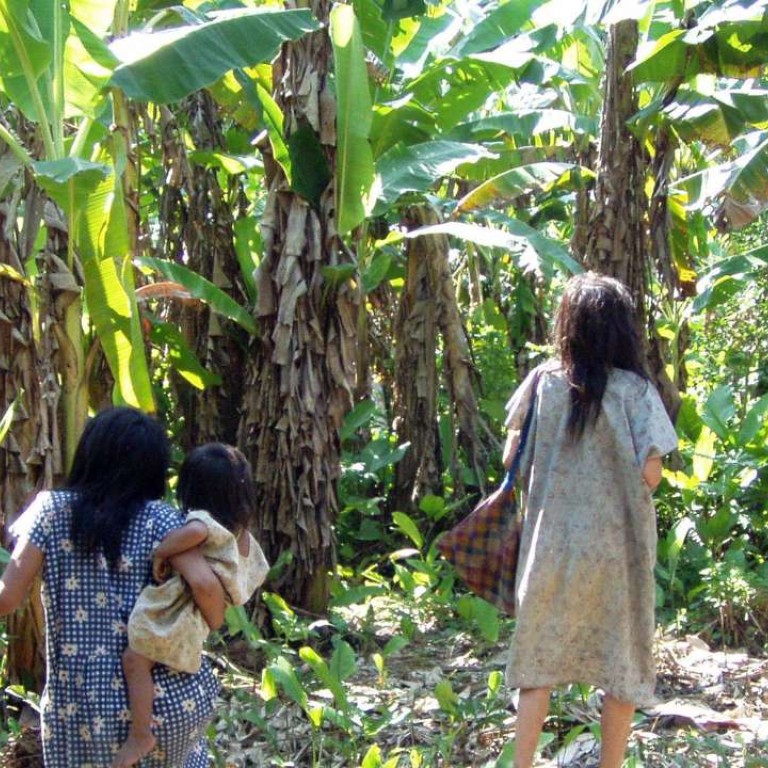
Lifestyle counselling as good as pills for lowering blood pressure; Amazonian tribe has lowest heart disease risk ever found
Simply e-mailing patients motivational video clips and tools to track diet and level of physical activity has a similar impact on their blood pressure to medication
People who received regular lifestyle counselling online were able to lower their blood pressure as much as if they had used medication, researchers have found. The study involved 264 people with an average age of 58 who had high blood pressure (stage 1 hypertension)
Most were already taking at least one drug to cut their blood pressure. Patients enrolled through the website of the Heart and Stroke Association of Canada and were randomly assigned to either an e-counselling group or a control group. Both groups received e-mails during the year-long trial, first weekly, then monthly. Those in the e-counselling group were “provided links to online multimedia and interactive tools to increase motivation and skills to begin and sustain a heart-healthy lifestyle”, the study said. “These included video clips featuring characters discussing their own high blood pressure diagnosis and efforts to make lifestyle changes, as well as tools for tracking diet and level of physical activity.” The control group saw more generic information about heart-healthy living.
By the end of the study period, the more engaging online content seemed to have had an effect, and patients in that group reduced their systolic blood pressure – the higher number in a blood-pressure reading – by 10mm Hg.That was a statistically significant difference compared to the control group, which saw a 6mm Hg reduction.
“The electronic counselling intervention had an effect similar to that of adding an additional blood- pressure-lowering medication,” said lead study author Robert Nolan, associate professor at the University of Toronto. “We think this lifestyle counselling intervention can complement and optimise the effectiveness of medical therapy to reduce high blood pressure.” The study was released at the American College of Cardiology’s annual meeting in Washington.

Artificial sweetener sucralose suppresses appetite
In what may be good news for dieters, a study has found that the artificial sweetener sucralose suppresses food intake. The study contradicts one published last year that found sucralose increases appetite. Both studies were published in the same scientific journal, Cell Metabolism, and both worked from the same set of facts regarding sucralose consumption in fruit flies and mice. But the new study found what its authors say is a simpler explanation for the feeding behaviour.
It’s a great example of how scientific debate can be as much concerned with the interpretation of facts as the facts themselves. The new study found that fruit flies that consumed sucralose in their diet consumed fewer calories, then compensated by eating more after being placed on a sucralose-free diet. In other words, flies given diets with non-nutritive sweeteners (NNS) are underfed, and when given normal diets are simply making up for the lack of nutrition.
The study was conducted by scientists from The Scripps Research Institute and the University of Southern California. The earlier study said consuming sucralose triggers an ancient mechanism that kicks in to respond to fasting, increasing hunger. This is because the nervous system detects that sucralose is a non-nutritive sweetener containing no calories, unlike traditional sweeteners such as honey or cane sugar. Researchers led by Qiao-Ping Wang and Greg Neely from the University of Sydney tested food consumption in fruit flies and mice when given food containing sucralose.
Fruit flies were given a diet with sucralose, then switched to a diet without it. Their calorie consumption increased 30 per cent due to the increased hunger caused by the NNS-recalibrated system. But when the sweet-sensing system was genetically knocked out in mice, they didn’t increase eating in the presence of sucralose.

Amazon tribe has lowest heart risk ever seen according to study
Researchers have found an indigenous Amazonian tribe with the lowest levels of artery hardening – a portender of heart disease – ever observed. And while they hailed the group’s “subsistence lifestyle” as a heart-protecting factor, others cautioned against romanticising the community’s hand-to-mouth existence.
Known as the Tsimane, the small forager-farmer community in Bolivia had an 80 per cent lower chance of developing coronary atherosclerosis (artery hardening) than people in the United States, where it is a major killer, scientists wrote in The Lancet medical journal. They pointed to the community’s low-fat, high-fibre diet and non-smoking, physically active lifestyle – factors which most scientists agree contribute to good health. The study was an observational one, meaning it merely uncovered a correlation between lifestyle and heart health, and cannot conclude that one causes the other.
Still, study co-author Hillard Kaplan of the University of New Mexico concluded: “The loss of subsistence diets and lifestyles could be classed as a new risk factor for vascular (blood vessel) ageing. We believe that components of this way of life could benefit contemporary sedentary populations.”
The Tsimane diet comprises unprocessed, high-fibre carbohydrates such as rice, corn, nuts and fruit, as well as wild game and fish. The community eats little fat, few smoke, and most are active for between four and seven hours a day – hunting, gathering, fishing and farming, the study found.
Observers pointed out that while the Tsimane had lower levels of artery calcification and heart disease, the most common age of death was 70, compared with about 80 in most developed countries.
And these were just the ones who survive childhood – one in five die in the first year of life.
